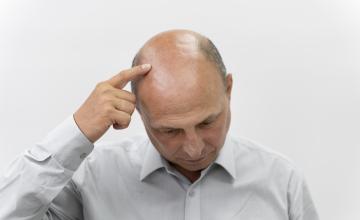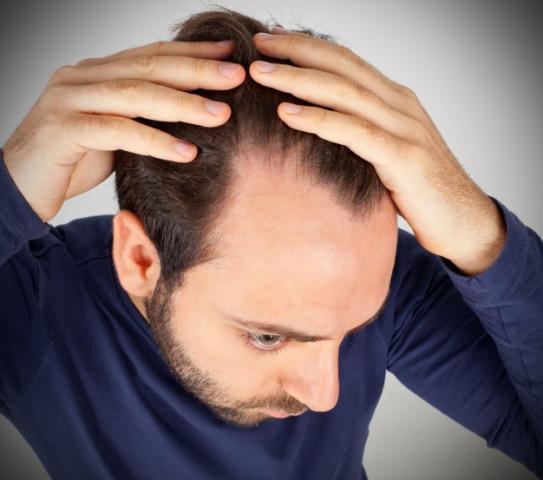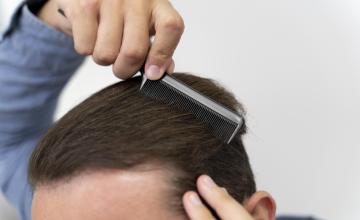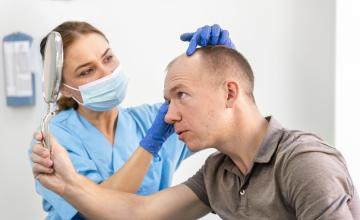Alopecia areata (sometimes referred to as“spot baldness”) is a medical condition that typically results in patchy hairloss or bald spots on the scalp, beard, arms and legs. Though the exact cause of alopecia areata is unknown, it is thought to be an autoimmune disorder causing the body’s immune system to attack its own hair follicles, resulting in hair loss.
Roughly 2% of the world’s population suffers from alopecia areata and approximately 5% of these have a family history of "alopecia", the medical term for hair loss.
Diagnosing Alopecia Areata
Alopecia areata is normally diagnosed through the observation of symptoms. However, occasionally a scalp biopsy or blood tests may be performed.
Treating Alopecia Areata
There is no cure for alopecia areata and current treatments, while sometimes effective, offer limited success. Current treatments for alopecia areata include; steroid injections, topical corticosteroids (steroid hormonesnaturally produced in the adrenal cortex of vertebrates), topical immunotherapy, Rogaine(minoxidil) and ultraviolet light therapy.
Although permanent hair loss is a possibility, the course of the disease is unpredictable and varies from patient to patient. The good news is that, even without treatment and after many years,the hair follicles do remain viable and ready to resume normal hair production if and when they receive the appropriate signal. Hair regrowth may, and often does, occur in time.
Are Alopecia Areata Patients Good Candidates for Hair Transplantation?
Patients suffering from alopecia areata are rarely considered good candidates for hair transplant surgery because donor hair grafts harvested from the “safe” zone at the rear and sides of the scalp are still vulnerable to the effects of the body’s immune system once transplanted to the recipient sites. However, if the affected area is small, has remained unchanged for an extended period of time and if there is no sign of inflammation below the scalp, hair transplantation may be an option. This would require a thorough consultation with a skilled and experienced hair restoration surgeon and the patient would need to fully understand and accept the risks of such a procedure.
Adapting to and Living with Alopecia Areata
Depending upon the severity of the condition, hair loss concealers like Toppik, Nanogen and DermMatch may help disguise bald patches. In more severe cases, a hair replacement system or full wig may be necessary.
Aswith all forms of hair loss, patients suffering from alopecia areata may experience emotional and psychological trauma. It’s important to reach out to family and friends, join an alopecia support group and/or seek the services of a mental health professional if you are experiencing intense, prolonged and overwhelming psychological effects.





